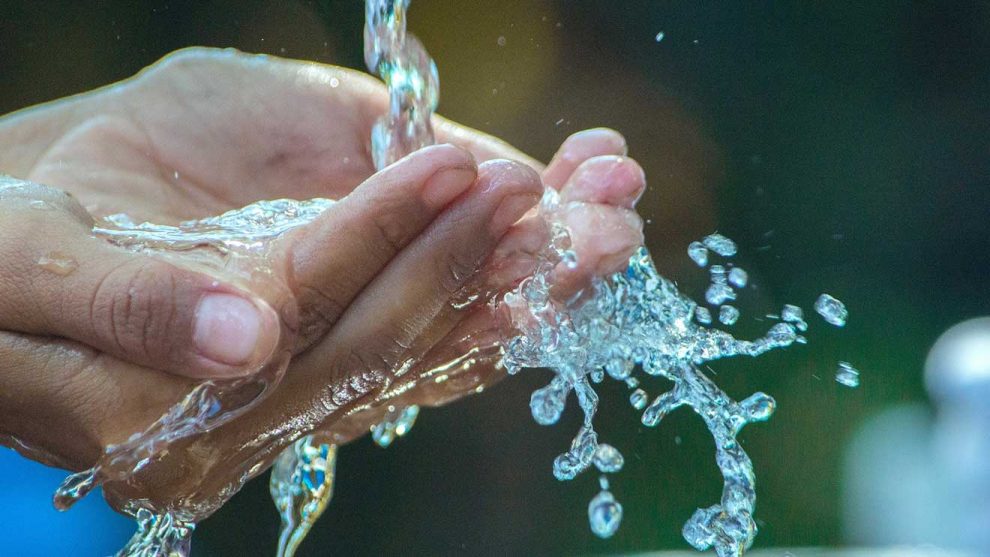Water is united to every form of life on earth. As criteria, a sufficient, reliable, clean, accessible, acceptable and safe drinking water supply has to be available for various users.
“Water nurtures life, but safe, clean drinking water defines civilization”. Despite these facts, there are differences in access to safe drinking water in the world. In some nations, adequate freshwater is not available (physical scarcity); while in other nations, abundant freshwater is available, but it is expensive to use (economic scarcity). The other challenge is the increasing population of the world at an alarming rate, while the accessible freshwater resources nearly remain constant.
Are RO Water Purifiers Providing You with Clean & Safe Water?
Most homes believe an RO Water Purifier to keep their families and loved ones safe with fresh, healthy drinking water. But not everyone has made peace with RO Purifiers yet. It is often questioned if RO Water is harmful to health. Especially when you are choosing a water purifier online, you do tend to worry about the authenticity of the product.
To assure that the water we drink is surely safe for human consumption, every country has set maximum acceptable limits on the concentration of dissolved inorganic and organic components in water. These acceptable levels are determined based on a host of factors such as the natural environment, soil conditions, and other community factors.
Drinking water with low mineral content, i.e. water with low TDS (Total Dissolved Salts) has an adverse effect on our body’s homeostasis. Additionally, such a low mineral intake when united with mineral loss by urinary excretion results in a more mineral imbalance that has proved to have a detrimental effect on hormone secretion, kidney functions, and bone mineral density.
RO purifiers may diminish TDS levels below the suggested values, following in a negative impact on human health. People should therefore completely understand the functioning of a RO water purifier and the resulting health suggestions of consuming demineralized water before deciding on its installation.
Bottled water from reputed brands thus is a healthier and safer choice as it provides you with pure water-rich in beneficial minerals.
Which Water is Safe to Drink?
Groundwater, which is in aquifers beneath the surface of the Earth, is one of the Nation’s most critical natural resources. Groundwater is the source of about 33 per cent of the water that country and city water departments provide to households and businesses (public supply).
The water you get in taps has a TDS of 350-400 mg/l. Therefore, there is no need to use RO purifiers expect in places where the supply is mixed with borewell water or where only borewell water is being used.
The main concern is the amount of water that is wasted in the RO process with some estimating it to be almost three-fourth of what is processed. As per some sources, it has been stated that Delhite does not need to use RO.And it has been suggested that water that goes waste should be used for the purpose of flushing, washing utensils, cleaning of vehicles, mopping of floors, gardening, and other.
There are still some villages and towns where direct supply of water is used and is healthy for human consumption. All it takes a right decision whether you want to continue drinking the direct supply or want to use RO purifiers.
What is the Future of Water?
While the future is challenging to foretell, available freshwater resources will surely decrease in the upcoming years due to the increasing demand of increasing world population. Many regions of the world that are now experiencing a shortage of water resources will see their water concerns worsen, producing difficulties for millions.
Here are some predictions that attempt to foretell the future of the world’s water supply:
- By 2020 about 30-40% of the earth will have water inadequacy, and according to the researchers, climate change can make this even more detrimental.
- By 2025, an approximated 1.8 billion people will stay in areas plagued by water scarcity, with two-thirds of the world’s population residing in water-stressed regions.
- There will be around 1 billion more mouths to feed universally by 2025, and global agriculture solely will need another 1 trillion cubic meters of water per year (equal to the yearly flow of 20 Niles or 100 Colorado Rivers).
- UN studies predict that 30 countries will be water-scarce in 2025, up from 20 in 1990.
- The global middle class will rise from 1.8 to 4.9 billion by 2030, which will end in a notable development in freshwater use.
- Water use in India will touch 1.5 trillion cubic meters in 2030, while India’s present water supply is only 740 billion cubic meters.
- If present usage inclinations don’t change, the world will have only 60 per cent of the water it needs in 2030.
- By 2035, the world’s energy consumption will rise by 35 per cent, which in turn will boost water use by 15 per cent.
- By the time of 2040, there will not be sufficient water in the world to quench the thirst of the world population and keep the current energy and power solutions going if we stay doing what we are doing today.
- The number of people residing in river basins beneath severe water stress is said to reach 3.9 billion by 2050, figuring over 40% of the world’s population.
- Compared to now, five times as much land is likely to be under “severe drought” by 2050.
For upcoming data or updates on water, stay connected by subscribing to our Newsletter. We are constantly updating the latest articles and news. Stay tuned!
Also, share your views and suggestions in the comment box below!





Add Comment